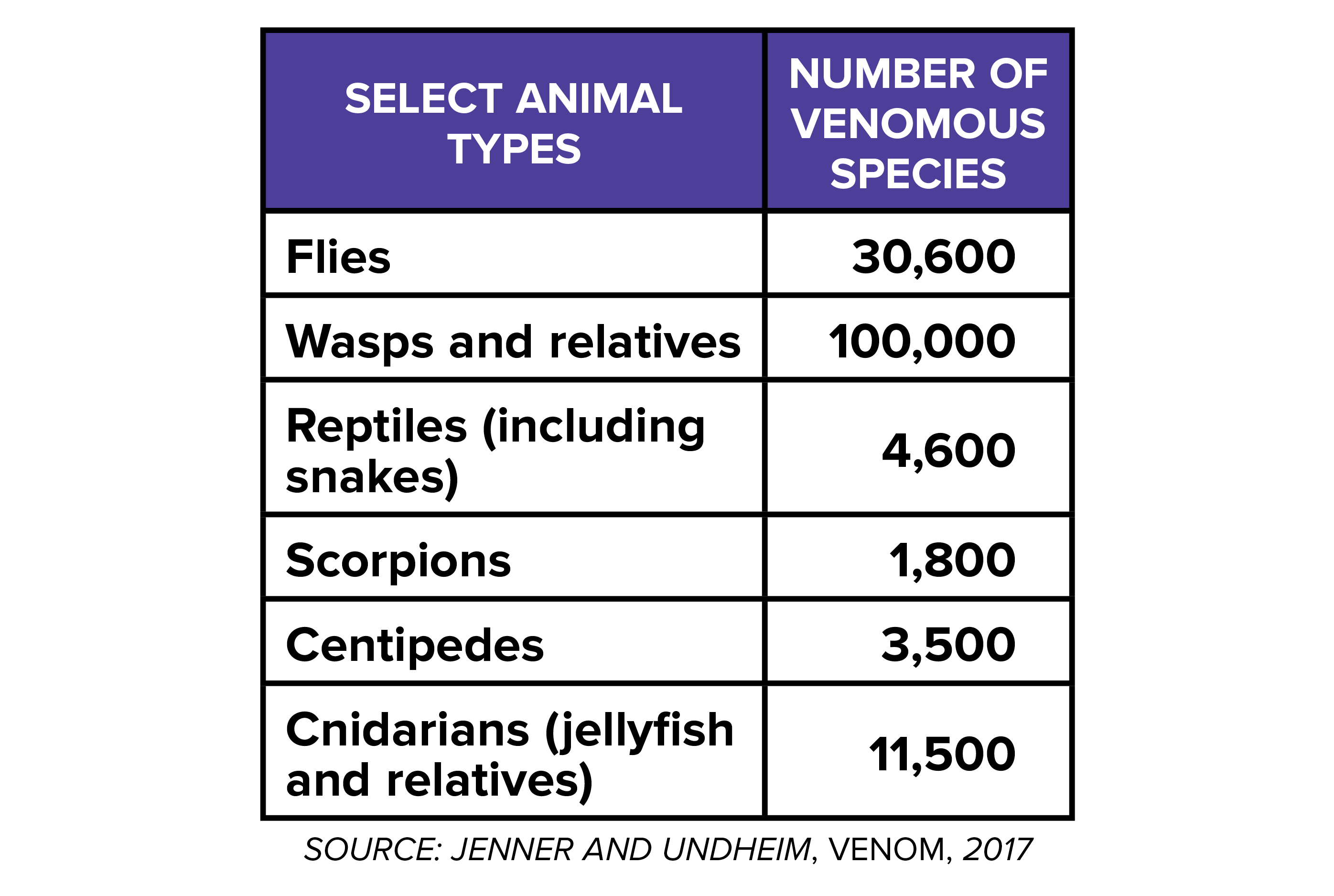Friends can bond over unusual things. For Ronald Jenner and Eivind Undheim, it was centipede venom. The two scientists live half a world apart, yet they teamed up to study venomous creatures.
When people think about venomous animals, snakes and scorpions often come to mind. Yet more than 200,000 species produce it. They include insects, reptiles, mammals, and marine animals.
Friends can bond over unusual things. Ronald Jenner and Eivind Undheim are friends. They bonded over centipede venom. The two scientists live half a world apart. But, they teamed up to study venomous creatures.
When people think about venomous animals, snakes and scorpions often come to mind. Yet more than 200,000 species produce venom. They include insects, reptiles, mammals, and marine animals.

